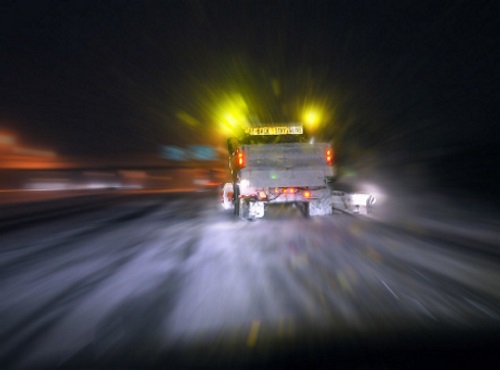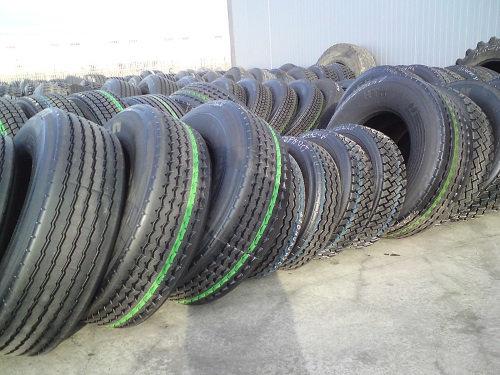FEDERAL ACTION
State DOTs Highlight Benefits of $1.2T Infrastructure Bill – AASHTO Journal
‘On Time with Tymon’ Discusses the Infrastructure Investment and Jobs Act – Transportation TV
Lawmakers vow action after Ida floods Gulf Coast, Northeast – AP
As Congress Begins to Draft Infrastructure Reconciliation Legislation, Senate and House Have Competing Visions for the Future of Renewable and Clean Energy Tax Credits – Novogradac
These charts show which states will get the most money from Biden’s infrastructure bill – CNBC
COVID-19
FMCSA extends historic 50 state COVID-19 Hours of Service waiver, fuel haulers now covered – CDLLife
Majority of NJ Transit riders headed back to work, survey says. Do they feel safe getting there? – NJ.com
INFRASTRUCTURE RESILIENCE AND SUSTAINABILITY
Colorado Infrastructure Projects Include Emphasis On Green, Rail, Transit, Electric Vehicles – KCNC-TV
Ida exposes weak infrastructure as storms grow stronger – E&E News
Missouri Department of Transportation testing use of recycled materials in roads – KDOE-TV
Climate Change Is an Infrastructure Problem – Map of Electric Vehicle Chargers Shows One Reason Why – Governing
AIR QUALITY
Electric Vehicle Sales Are Booming In The U.S., But The Southeast Lags – WFAE Radio
30 kph max: Paris shrinks speed limit to protect climate – AP
Colorado DOT Pledges To Track Air Quality As Part Of I-270 Rebuild, But Pollution-Choked Commerce City Residents Are Skeptical – Colorado Public Radio
Port of San Diego Partners with Maritime Administration to Study Eelgrass Carbon Capture – Times of San Diego
Reliability problems stall transition to electric buses in Minnesota – Minnesota Reformer
NATURAL RESOURCES
Judge Vacates Trump’s Rollback Of Protections For Streams, Wetlands – WESA Radio
Ohio plans to discontinue use of controversial road deicer AquaSalina – Columbus Dispatch
Lake George Association unveils new tool for reporting water quality concerns – Adirondack Daily Enterprise
CULTURAL RESOURCES
Documenting the Last Pay Phones in America – CityLab
HEALTH AND HUMAN ENVIRONMENT/ACTIVE TRANSPORTATION
With e-bike use growing, Port Authority of Allegheny County will allow them on transit vehicles – Pittsburgh Post-Gazette
The battle over a pedestrian-bicycle trail plan continues in The Village – KFOR–TV
California will offer e-bike rebates with new Electric Bicycle Incentive Project – Spectrum News 1
Building Back Bicycle-Friendly – The American Prospect
Tell Austin Where To Build Sidewalks, Bike Paths And Urban Trails – KUT Radio
TRB RESOURCES/ANNOUNCEMENTS
Transportation Planning to the Extreme for Weather and Climate Change – TRB
Racial Equity Addendum to Critical Issues in Transportation – TRB
TRB Represented on “Future of Infrastructure” Webinar – TRB
FEDERAL REGISTER NOTICES
Notice of Intent To Prepare a Draft Environmental Impact Statement for the Interstate 405 ExpressLanes Project, in Los Angeles County, California – FHWA (Notice)
Notice of Funding Opportunity for Consolidated Rail Infrastructure and Safety Improvements – FRA (Notice)
Public Meeting of the National Earthquake Prediction Evaluation Council (NEPEC) Federal Advisory Committee – U.S. Geological Survey, (Notice of public meeting (via teleconference))
Notice of Intent To Prepare an Environmental Impact Statement for the Proposed Sunrise Wind Farm Project on the Northeast Atlantic Outer Continental Shelf – Bureau of Ocean Energy Management (Notice)
Notice of Intent To Prepare an Environmental Impact Statement for the Proposed Sunrise Wind Farm Project on the Northeast Atlantic Outer Continental Shelf; Extension of Comment Period and Corrections – Bureau of Ocean Energy Management (Notice)
Safety Zones; Delaware River Dredging, Marcus Hook, PA – Coast Guard (Interim final rule; request for comments)
National Navigation Safety Advisory Committee Meeting – Coast Guard (Notice of federal advisory
committee meeting)
Public Meeting/Notice of Availability for Proposed Air Tour Management Plans at Bandelier National Monument; Great Smoky Mountains National Park; Arches National Park; Glacier National Park; Canyonlands National Park; Natural Bridges National Monument; and Bryce Canyon National Park – FAA (Notice)
Corporate Average Fuel Economy Standards for Model Years 2024–2026 Passenger Cars and Light Trucks – NHTSA (Notice of proposed rulemaking)



